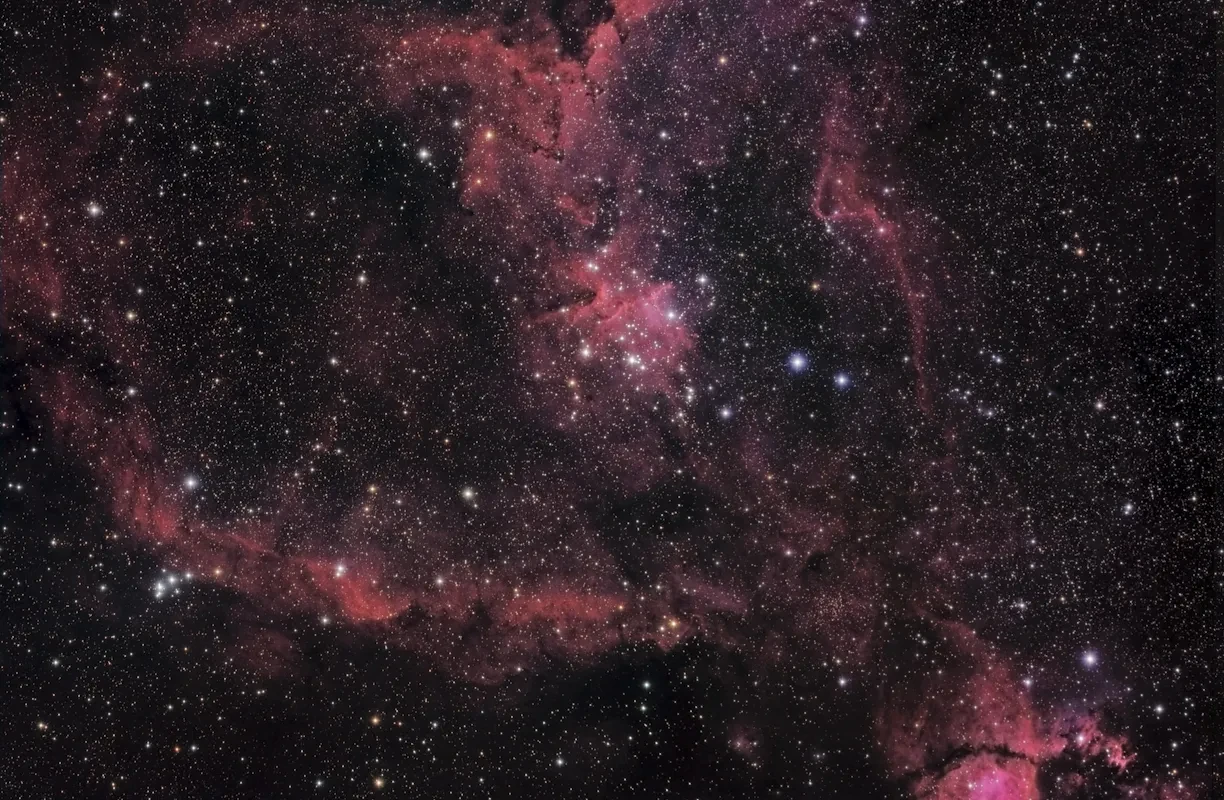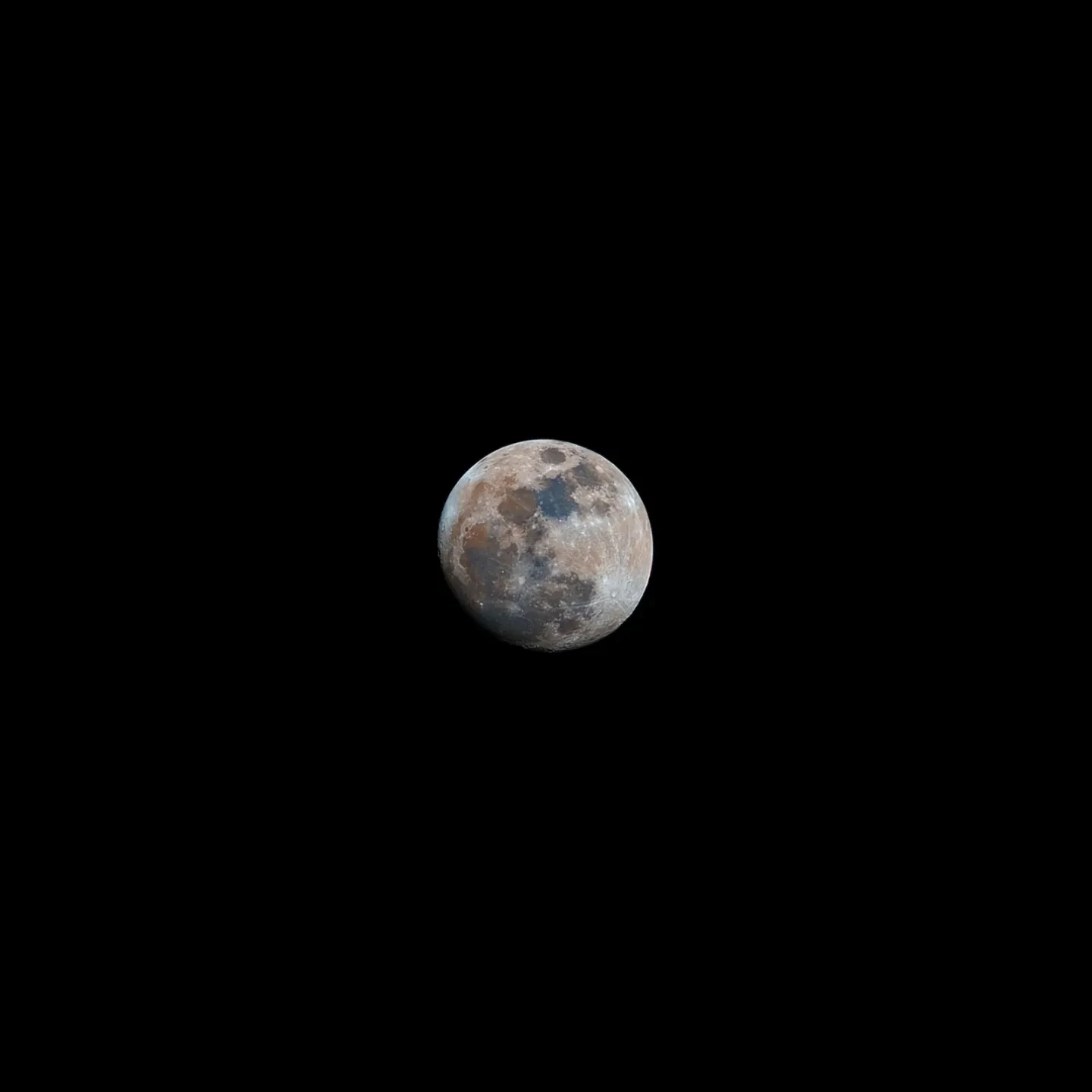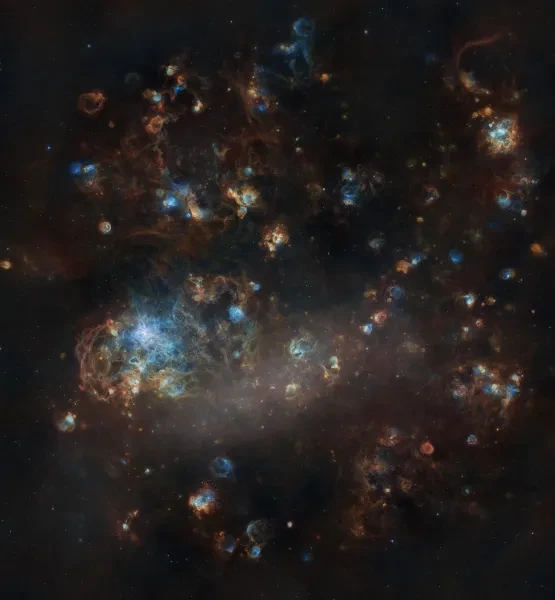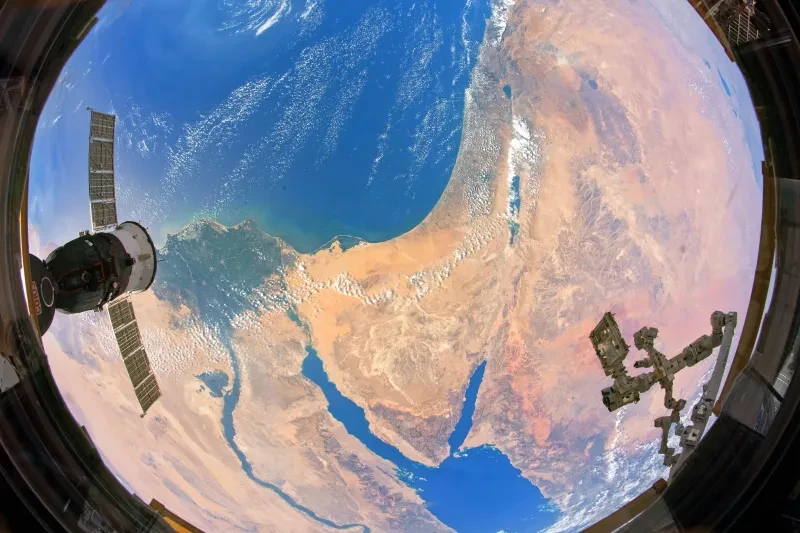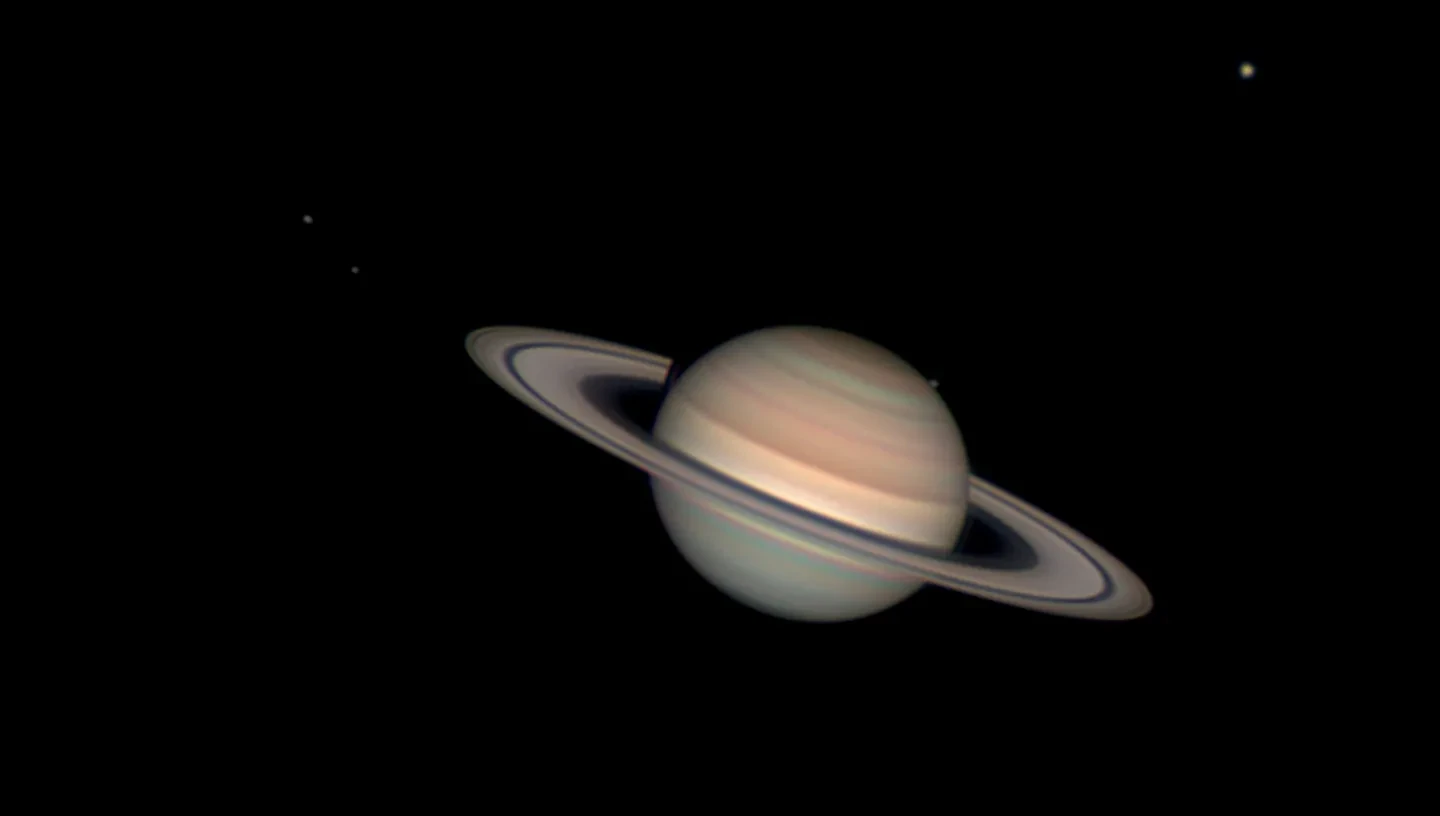
Find out how to make the most of the October night sky by spotting the captivating Pinwheel Galaxy, the Orionid meteor shower, and more...
Top 3 things to see in the night sky in October 2024:
- 21 - 22 October – Don't miss the peak of the Orionid meteor shower
- 14 October - Saturn and the Moon come close to each other in the sky
- Throughout the month – Circle in on the aptly named Pinwheel Galaxy
Details given are for London and may vary for other parts of the UK.
Look Up! podcast
Subscribe and listen to the Royal Observatory Greenwich's podcast Look Up! where our astronomers Imo and Catherine talk through some of this month’s must-see cosmic objects. Also discussed are this month’s cosmic news stories, both human spaceflight related: SpaceX’s Polaris Dawn, Boeing’s Starliner and the astronauts on board both. Join us on X at the start of the month to be part of the conversation. If you could take one food to space, what would it be?
The Orionid meteor shower
One of the most exciting things to see in the sky this month is the Orionid meteor shower, which peaks after midnight going into 22 October. This shower is caused by Earth travelling through the debris left by the famous Halley’s Comet.
Unfortunately, the comet itself will not be visible until 2061, but we can see its debris trail as it crashes into Earth’s atmosphere this month. Halley’s Comet is particularly famous for its depiction on the Bayeux Tapestry after it passed by Earth in 1066.
The meteors will appear to radiate from the constellation of Orion, especially famous for its ‘belt’ asterism of three stars which form a line across its middle. However, they will be visible across the whole sky, so find an open spot to observe from. These meteors are likely to appear to travel very fast and can be very bright, sometimes even creating trails visible for a few seconds after the meteor itself has burned up.
The planets in October
This month, we have a 'last chance' to see Saturn’s rings – at least for the next few years! Due to the positions of Earth and Saturn, the iconic rings will soon almost disappear from view, forming an edge-on line almost completely impossible to see even with a telescope by early 2025.
The rings will not reach their prime viewing position again until the early 2030s, so this is your last chance warning to observe the rings if you have a good pair of binoculars or a telescope. However, it's not all bad news: the temporary disappearance will give astronomers an opportunity to make more detailed observations of Saturn’s moons.
If you want to observe Saturn without staying up too late, it will be visible at around 8.30pm in the southern sky on 31 October, by which point the light from the Moon won't cause interference.
At the same time Jupiter will be visible in the East, lower than Saturn, before rising much higher later in the evening. If you have a good pair of binoculars or a telescope, try to count how many of its moons you can see!
Observers hoping to see Venus will also be happy this month, as ‘the evening star’ as it is sometimes inaccurately known, will start to be visible in the west just after sunset near the end of October.
The Moon will pass very close to Saturn in the southern sky on 14 October, which will be best observed from around 10.30pm that evening. With a new Moon almost book-ending this month, and the full Moon on the 17 October, anyone who would like to observe the Moon should do so around the middle of the month. The best days to observe will likely be between the 14th and the 18th.
Cassiopeia and beyond
Some particularly recognizable constellations are on show in October including Cassiopeia. Depending on which way it is oriented, Cassiopeia will appear as a wobbly 'W' or 'M' shape in the sky, with five bright stars standing out. Within this constellation, the Heart Nebula and the Bubble Nebula are excellent targets for telescopes.
In mythology, Cassiopeia was a queen who angered the gods. As a result, her daughter Andromeda was left tied to a rock to appease the monster sent to destroy her country. Andromeda was thankfully rescued by the hero Perseus, and now mother and daughter are reunited in the sky. Follow the first two stars in the 'W' towards the south-west until you come across the next bright patch of stars. This is the border between the constellations Andromeda and Pegasus.
Trace this line between the two constellations back a little bit and you will find a diffuse, fuzzy patch: the Andromeda Galaxy, one of the most distant objects visible to the naked eye and a spiral galaxy with which ours will collide in around 6 billion years. Andromeda is the first galaxy Edwin Hubble calculated the distance to, proving that the Milky Way is not the only Galaxy in the Universe.
Another famous galaxy is the Pinwheel Galaxy, which observers with a pair of binoculars or a telescope will be able to make out as a beautiful face-on spiral galaxy within the constellation of Ursa Major. This is one of the most captivating deep-sky targets in the Northern Hemisphere and will be in its best position at about 1am in the middle of the month.
Southern Hemisphere observing in October 2024
Observers in the Southern Hemisphere can also look at distant galaxies this month. The Small and Large Magellanic Clouds are best seen between October and February. These two galaxies are passing near to our own. The Large Magellanic Cloud can be seen in the constellations Dorado and Mensa and is visible as a fuzzy patch of stars. The Small Magellanic Cloud, which some astronomers believe is actually two separate galaxies, has a similar appearance and lies across Tucana and Hydrus.
In Argentina and Chile, the new Moon will appear to cover part of the Sun on 2 October, turning it into a ‘ring of fire’ in the sky. This kind of event is called an annular solar eclipse. As always, you must not look directly at the Sun without specialised lenses or filters.
The Moon's phases in October 2024
New Moon: 2 October (19:49)
First Quarter: 10 October (19:55)
Full Moon: 17 October (12:26)
Last Quarter: 24 October (09:03)
Stargazing Tips
- When looking at faint objects such as stars, nebulae, the Milky Way and other galaxies it is important to allow your eyes to adapt to the dark so that you can achieve better night vision.
- Allow 15 minutes for your eyes to become sensitive in the dark and remember not to look at your mobile phone or any other bright device when stargazing.
- If you're using a star app on your phone, switch on the red night vision mode.
You may also be interested in
Header image: Saturn with Six Moons © Andy Casely | Shortlisted in Astronomy Photographer of the Year 2024. The brand new exhibition is now open for free at the National Maritime Museum.


